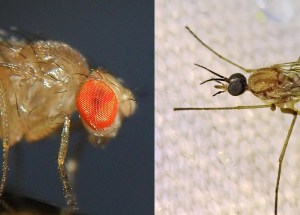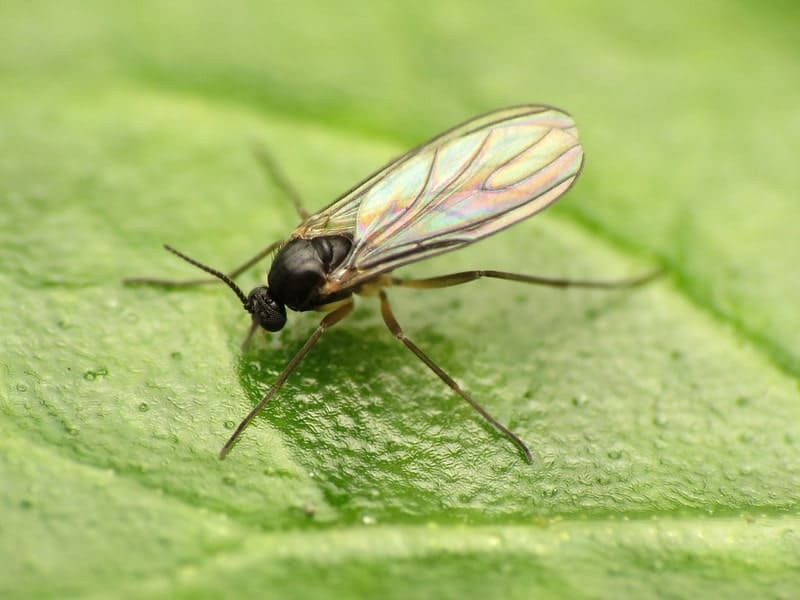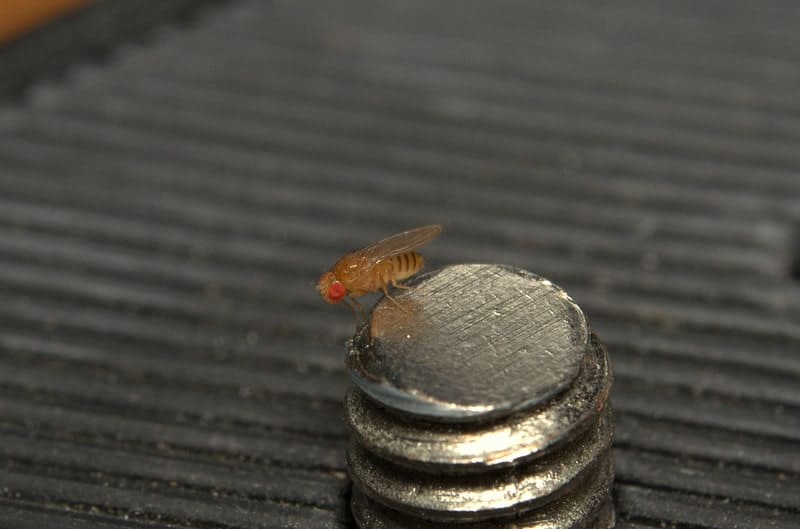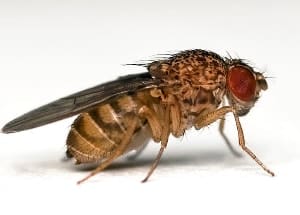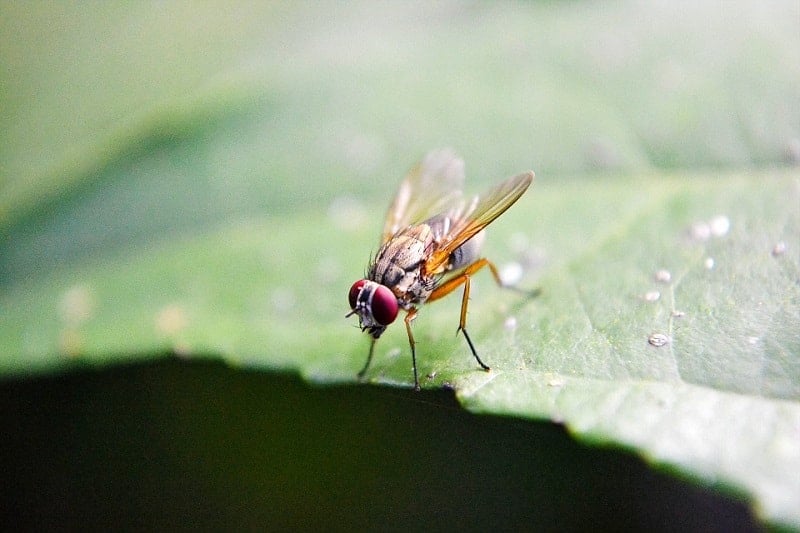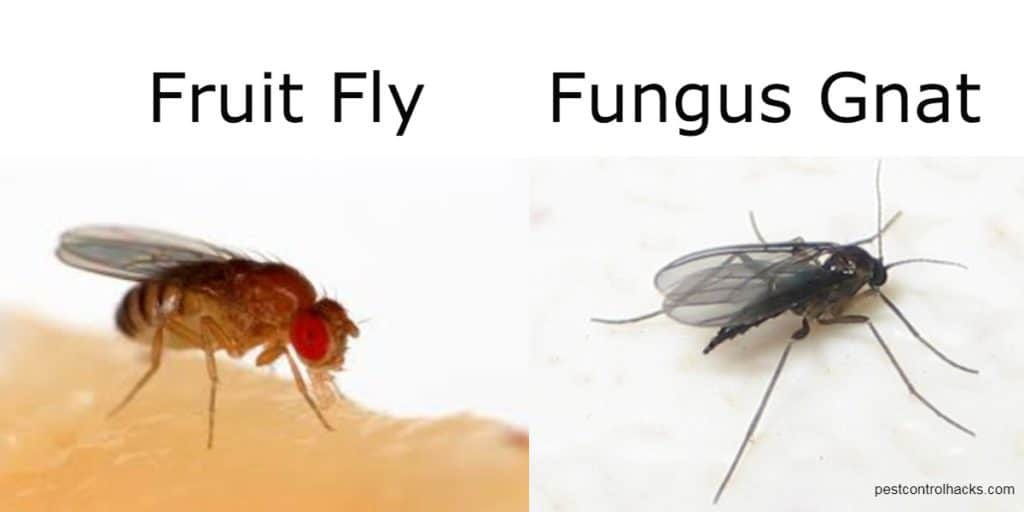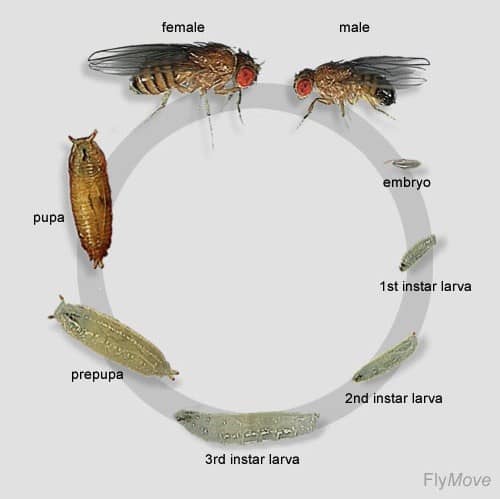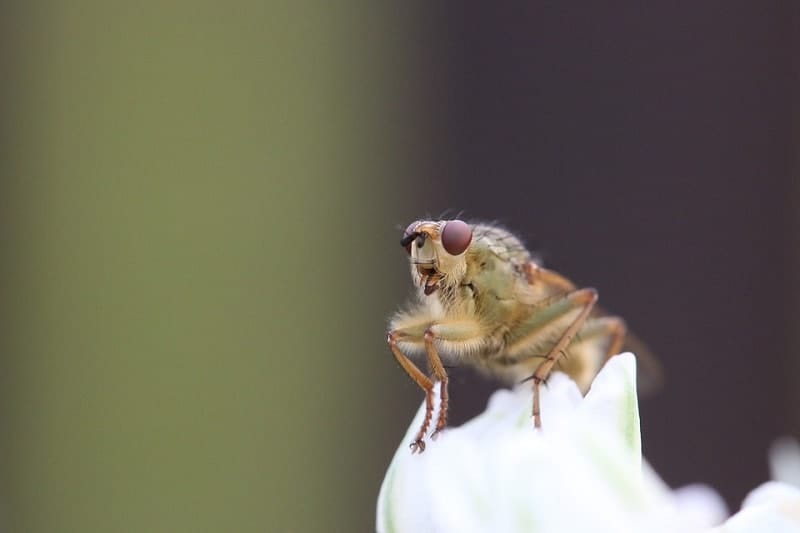One of the main problems related to all insects is their small size. Due to this, people often tend to confuse them and choose mistaken controls. One of the brightest examples is fruit flies and gnats. How can you distinguish fruit fly vs gnat? Both insects are small, annoying, can fly, and may create a lot of inconvenience to you and other people.
Let’s be honest, almost all people do not bother to distinguish flying insects and define their species. But it is very important to understand this aspect at least in order to purchase the right controls. Therefore, today, I want to teach you how to define whether you have fruit flies or gnats.
What Is the Difference Between Gnats and Fruit Flies: a Complete Guide
In this section, we will look closer at both fruit flies and gnats. What do they look like? Where did they come from? What is their lifestyle? What do they eat? It is only a part of the questions on which you will find answers here.
Gnat Identification Chart
There are a lot of different gnat types that vary in color, shape, and even lifestyle. I will cover the most typical gnats that can appear at home.
Color: ranges from grey to black. The most popular are brown gnats, but I know several people who told me: “I found red gnats in my house”. Of course, it is possible, but red gnats are a very rare type.
Shape: like the vast majority of home insects, gnats with red eyes are almost tiny. They are less than 1/16 inch in length. Hence, if you notice tiny flies in kitchen, most probably, they are gnats.
Lifecycle: before a gnat can be called a mature insect, it must go through three stages, starting with eggs, then they undergo larvae, and, finally, pupae. Interesting fact, when it is warm, these insects, usually, grow faster. The female gnats lay hundreds of eggs at the same time. The common life duration of these insects is about 2-3 weeks.
Food: mature gnats are primarily fed on blood. They are one of the most known parasites that spread diseases and infections. But there are other gnat species that feed on crop pests and plants.
Where you can meet them: gnats can live outdoors and indoors. They prefer to be near the water; therefore, there are so many gnats near a river in summer.
Fruit Fly Identification Chart
Now, let’s see how the fruit flies look and what they eat. To make it easy to compare fungus gnats vs fruit flies, I decided to include the same characteristics as in the previous section: color, shape, lifecycle, food, and places where they live.
Color: fruit flies have almost the same colors as gnats. Their color palette varies from tan to brown-black and brown-yellow. So, small black flying bugs in house not fruit flies!
Shape: Fruit flies are almost twice as much as gnats. The mature insect is about 1/8 inch in length. It is almost the most important reason why some bugs that look like fruit flies tend to be confused by people. By the way, comparing drain flies vs fruit flies, it is important to say that the first species features a significantly bigger body size.
Lifecycle: Fruit flies like gnats prefer warm temperatures. Therefore, they appear in the summer or early autumn. There are four stages of the fruit fly life cycle: egg, larva, pupa, and mature insect. The fruit fly female can lay about 500 eggs at once. Compared to gnats, fruit flies live less: about one-two weeks.
Food: Fruit flies like to eat fruits, vegetables, and other organic matter. They do not feed on humans or animals’ blood.
Where you can meet them: near fruits and vegetables.
Where Do Gnats Come From?
Gnats love wet and secluded places. Forests near the river are a great breeding ground. Adult females predominantly lay eggs in organic material, such as compost, dirt, or mulch. During their maturation, the larvae feed on various decomposing substances and fungi that they find in the soil.
After two weeks of such feeding, gnats become full-fledged pests. However, they do not fly away from water and moisture. Those gnats that live at home are also looking for dark and secluded places.
It is important to remember that gnats always fly into the light. That is why, make sure that your windows have special anti-mosquitos nets, especially if you live near the river or lake.
What Do Fruit Flies Come From?
We have already figured out where gnats come from. Now let’s look at fruit midges. Each of us faced a situation where you accidentally left a bitten fruit on a plate for the whole night, and you woke up in the morning and saw a huge amount of fruit flies. You looked at the windows and saw that they were closed. So, where had they come from?
It turns out that there is no mysticism. Although until the 19th century it was believed that all insects could appear from the air. However, thanks to today’s capabilities, we know that fruit flies are finding fruits or vegetables and lay eggs on them. These eggs are invisible to human eyes.
Once this vegetable or fruit begins to roam or rot, the midges become activated, grow rapidly, and begin to take over your kitchen. If we talk about street fruit flies, then they live mainly in gardens. By the way, it is much easier to get rid of home fruit flies than of street ones.
FAQ Section
To include only the most necessary and important information in this article, I browsed through dozens of insect forums and selected the four most popular questions. It is possible that some facts may resemble the ones mentioned above.
Are Gnats and Fruit Flies the Same?
No. The only similarity these two insects have is tiny body size. Although, if you take a closer look, you can notice that gnats are much smaller as compared to fruit flies. It is related to body color.
Yes, they are both dark but the vast majority of fruit flies feature the brown color while gnats are grey or black. The biggest difference, in my opinion, lies in the food. Gnats are well-known parasites that feed on blood while fruit flies prefer to eat vegetables, fruits, and other organic matters.
How to Prevent Fruit Flies and Gnats?
It is much easier to get rid of fruit flies than gnats. Although they are completely different insects, there are four basic pieces of advice that can help you to prevent their appearance. First of all, never leave unfinished food on the table. Secondly, wash the dishes regularly.
Thirdly, watch out for garbage and take it out regularly. Garbage such as fish or spoiled food is recommended to be taken out immediately. And finally, put anti-mosquito nets on the windows and do not forget to clean the home regularly.
How to Get Rid of Gnats and Fruit Flies?
Firstly, let’s dwell on how to get rid of fruit flies in your home. In most cases, you can do it by yourself without calling pest control companies:
- Create a trap from cider vinegar;
- Throw out all food from the table;
- Put a fruit to the jar with a trap to attract fruit flies.
Now, how to get rid of fungus gnats. You can do it by decreasing soil moisture in houseplants, placing traps, or using special gnat killer sprays.
Do Gnats Lay Eggs?
Yes. A female gnat can lay hundreds of eggs at once. Most often, they do it in moist soil, near the water, and in dark places. It takes about three days to pass the egg stage. Sometimes, gnats can lay eggs indoors. Therefore, do not be surprised if you find gnats or fruit flies in house.
Also read:
- How to Get Rid of Drain Flies
- Best Fly Repellent
- How to Get Rid of Flies Outside
- Where Do Fruit Flies Come From
- How to Get Rid of Horse Flies
What Is Important to Remember?
Fungus gnats and fruit flies are different insects that vary by shape, color, and size. Both can live indoors and outdoors. To get rid of them, you need to keep your house always clean. Do you have an effective recipe to kill gnats and fruit flies? Share it in the comments box below.
References:
- Fruit Flies (Entomology at the University of Kentucky):
https://entomology.ca.uky.edu/ef621
